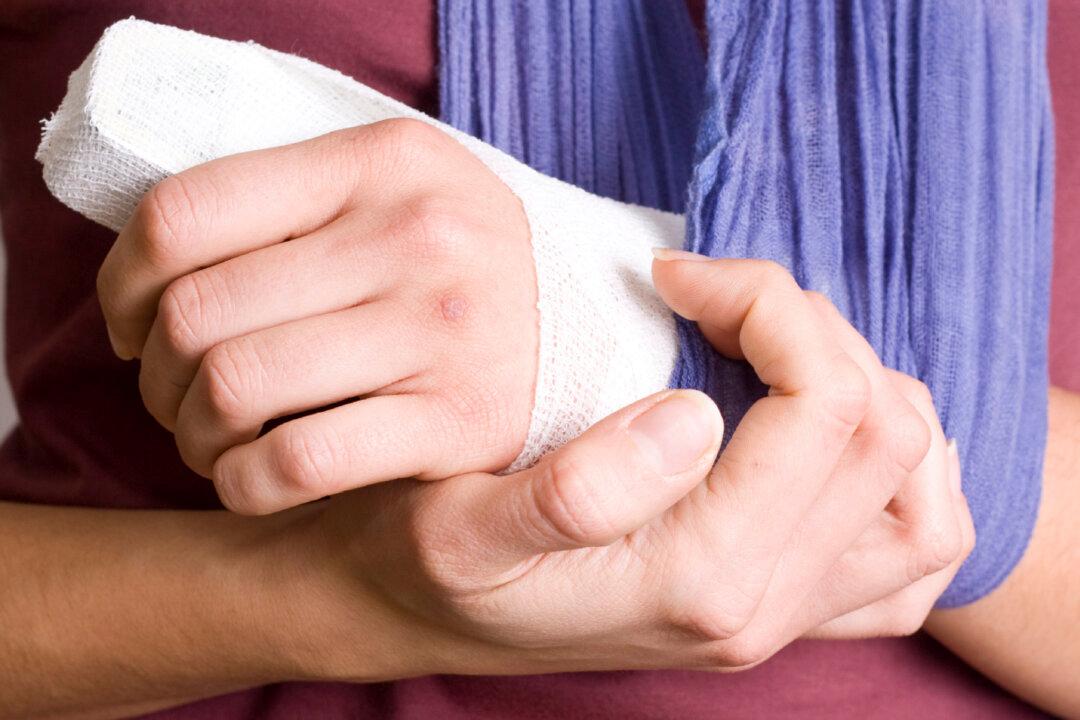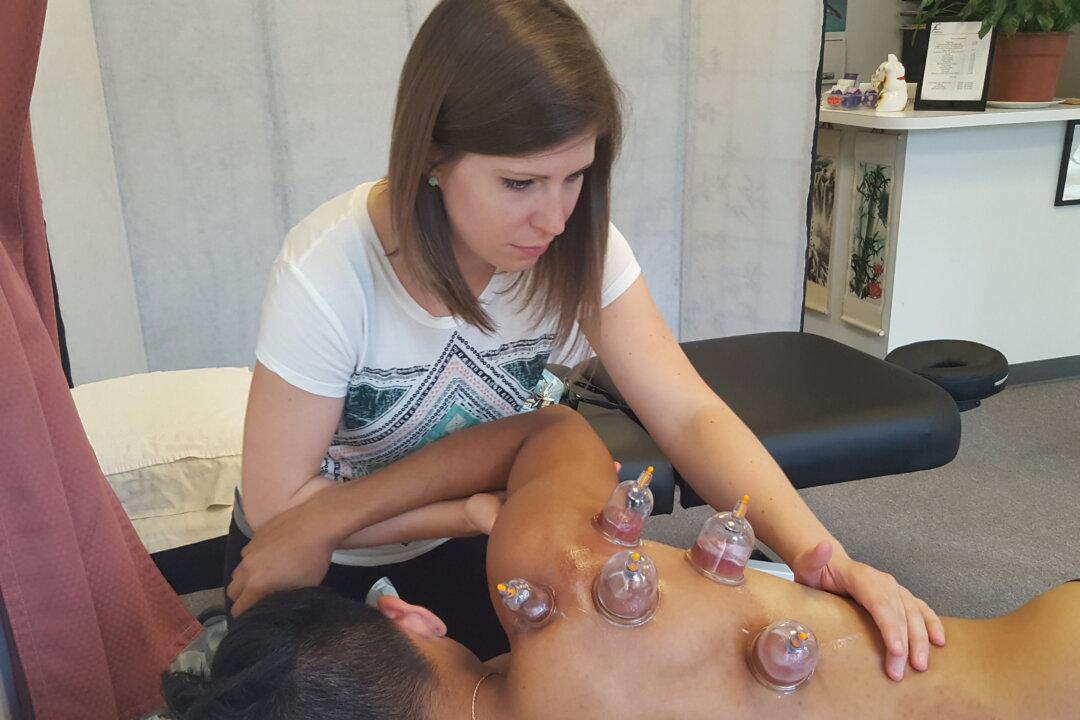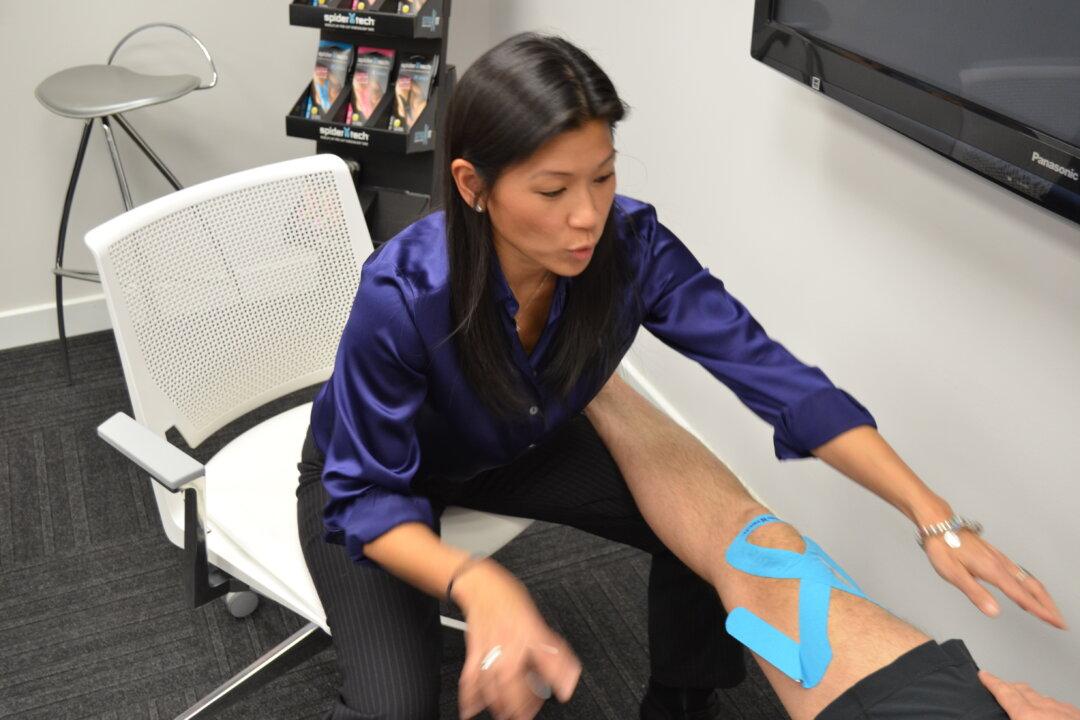You’re in the shower, the soap and hot water running down over you, and you’re thinking about the workday ahead. Suddenly, you slip just a little, but enough to whack your elbow or knee on the shower wall, and ouch! You either fractured your bone or given yourself a bone bruise. What is the difference and what do you do now?
Trauma to the bone is very painful. Bone is a type of dense connective tissue that can be injured and generate a lot of pain. Injury can occur from forceful impact during daily activities, sports, accidents, or even repetitive compressive forces.




